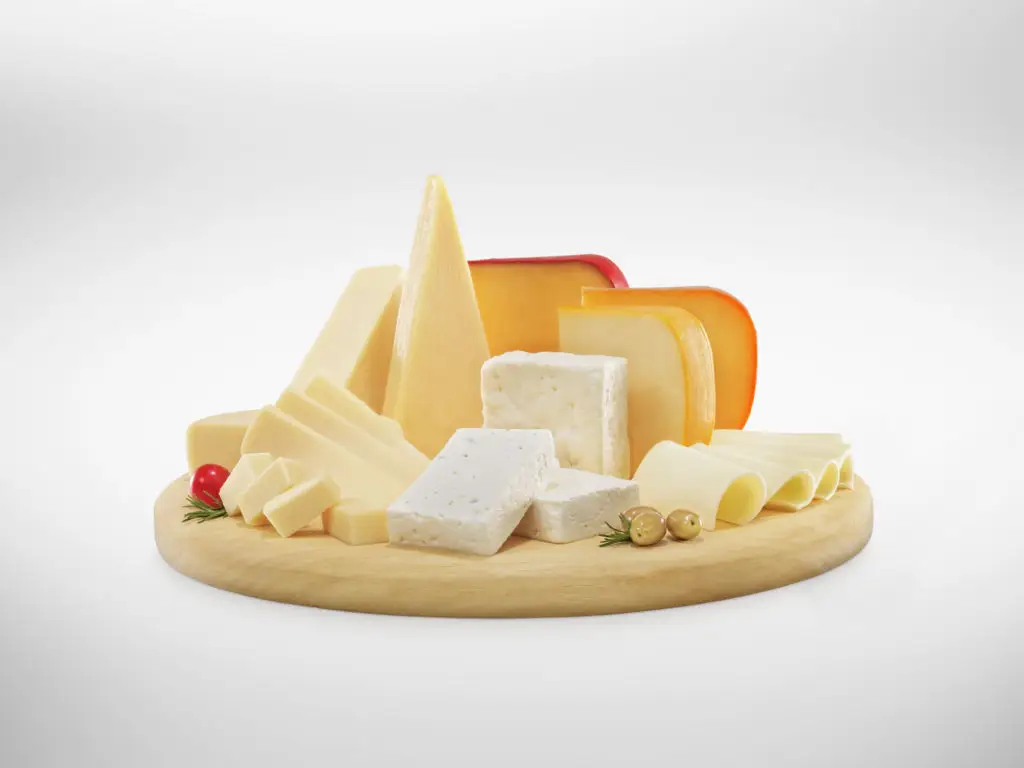Cholesterol Clarity: 12 "Forbidden" Foods You Can Finally Eat Guilt-Free
3. Cheese

Cheese is a classic comfort food, but for the better part of 40 years, its reputation has been, well, a little cheesy. It’s long been lumped in with foods to avoid for heart health, all due to its cholesterol and saturated fat content. But modern research suggests things aren’t so simple. Many cheeses—especially aged ones like Parmesan or Swiss—are rich in calcium and protein. Studies increasingly show moderate cheese intake does not necessarily raise cholesterol or heart risk, especially when it fits into a balanced diet. The flavor, satiety, and nutrition cheese provides can make healthy eating more sustainable, not less. Enjoying a bit of cheese on a salad, or in slices on a whole grain cracker, won’t undo your wellness efforts. The trick? Be mindful of portions and favor quality over quantity. For a little extra self-care, try a curated cheese board with fruit and nuts as part of a heart-forward gathering.
4. Shellfish (Lobster, Crab)

Shellfish, including lobster and crab, have found themselves on the “no-go” list for cholesterol-conscious eaters for decades. The truth is, while these ocean dwellers are higher in dietary cholesterol, they’re relatively low in saturated fat—much lower than many land-based proteins. Research has shown that moderate consumption of shellfish doesn’t significantly impact cholesterol levels for most people, and many varieties are packed with nutrients such as B vitamins, copper, zinc, and even omega-3 fatty acids. The key is to focus on preparation and portion size—steamed or grilled with herbs and a splash of lemon elevates flavor without extra fat or calories. For special occasions, a few ounces of lobster or crab makes for a nourishing (and very celebratory) self-care treat.
